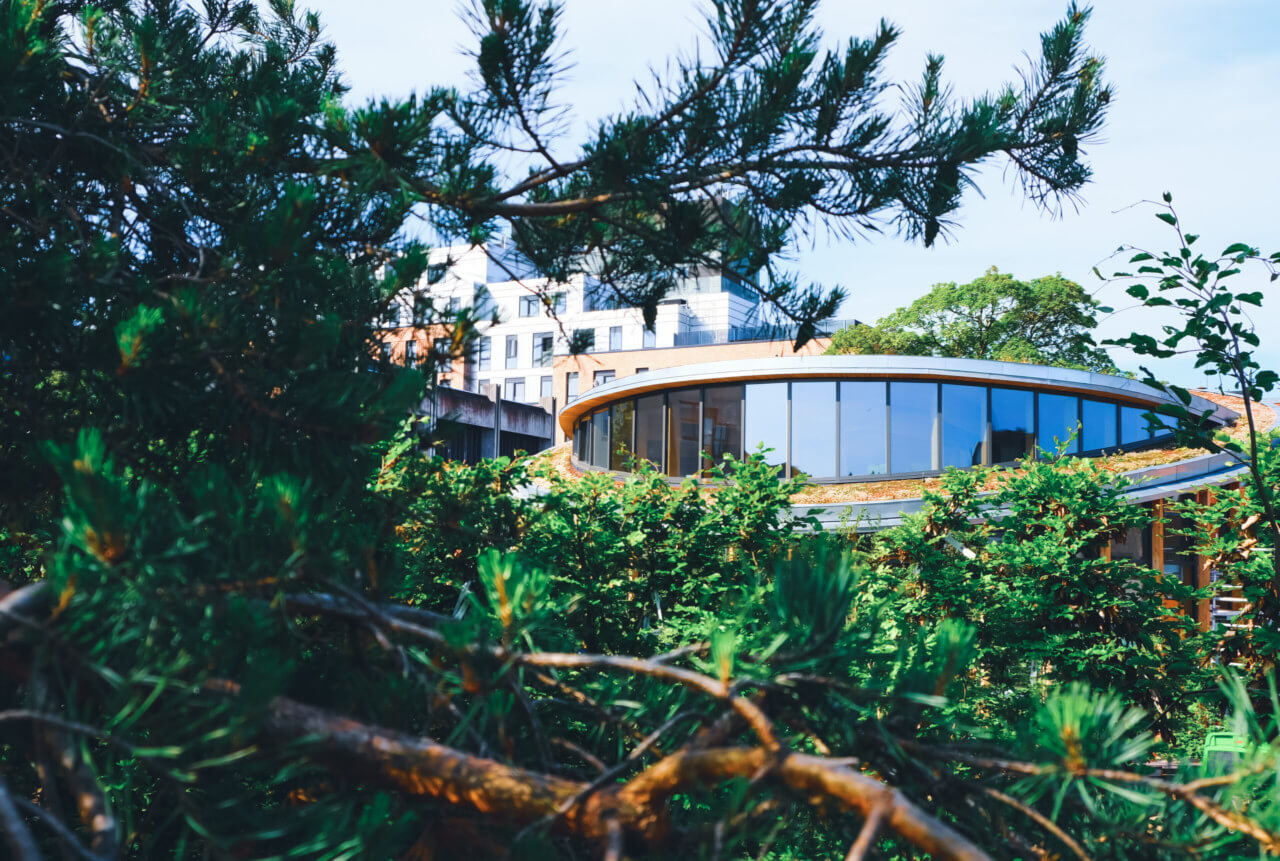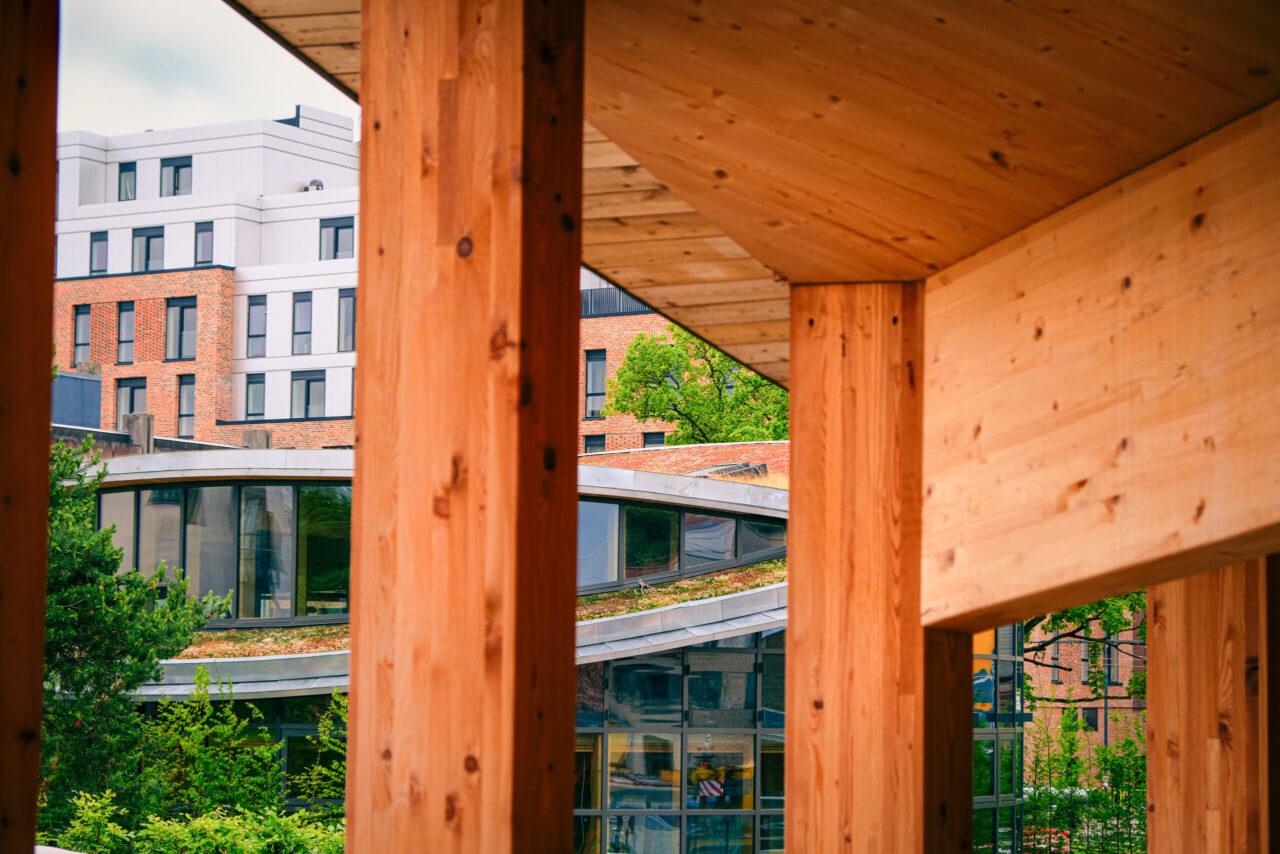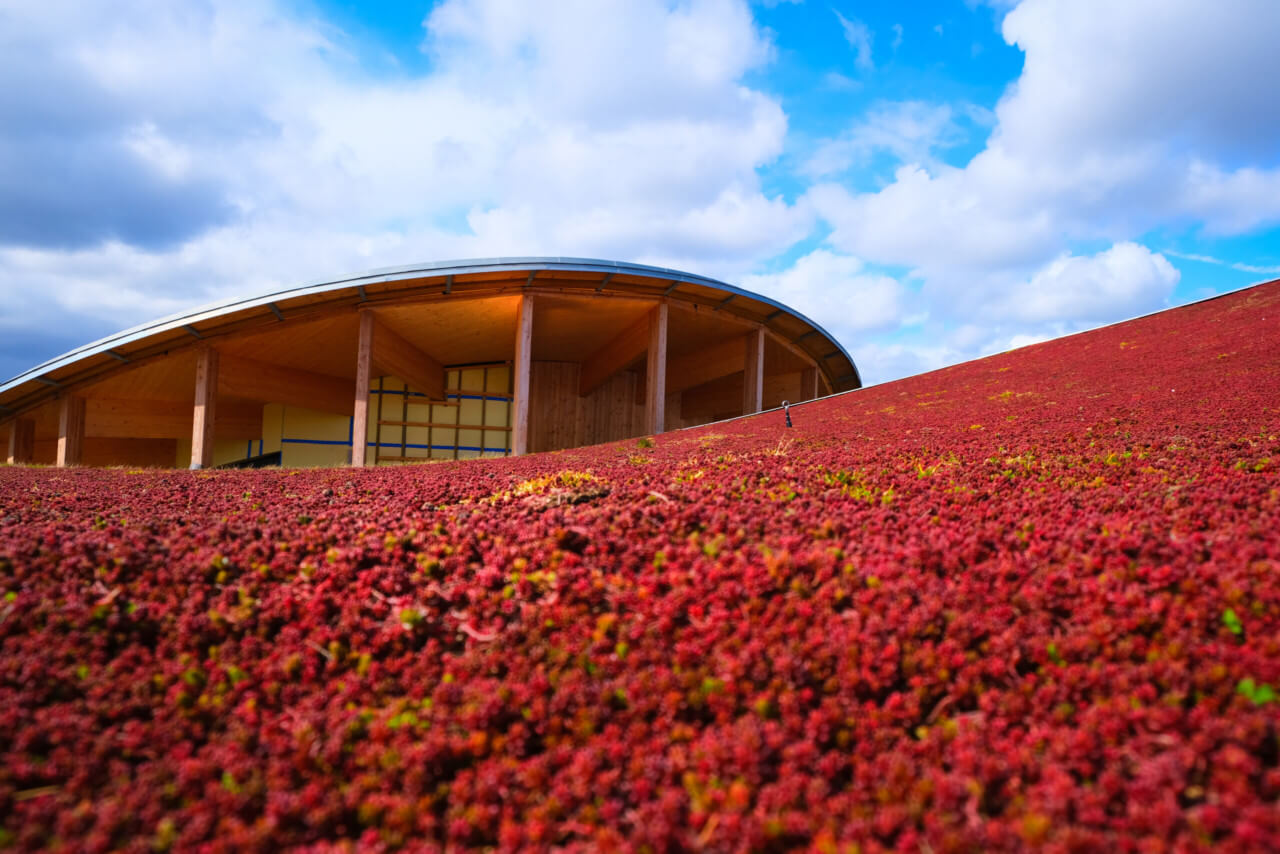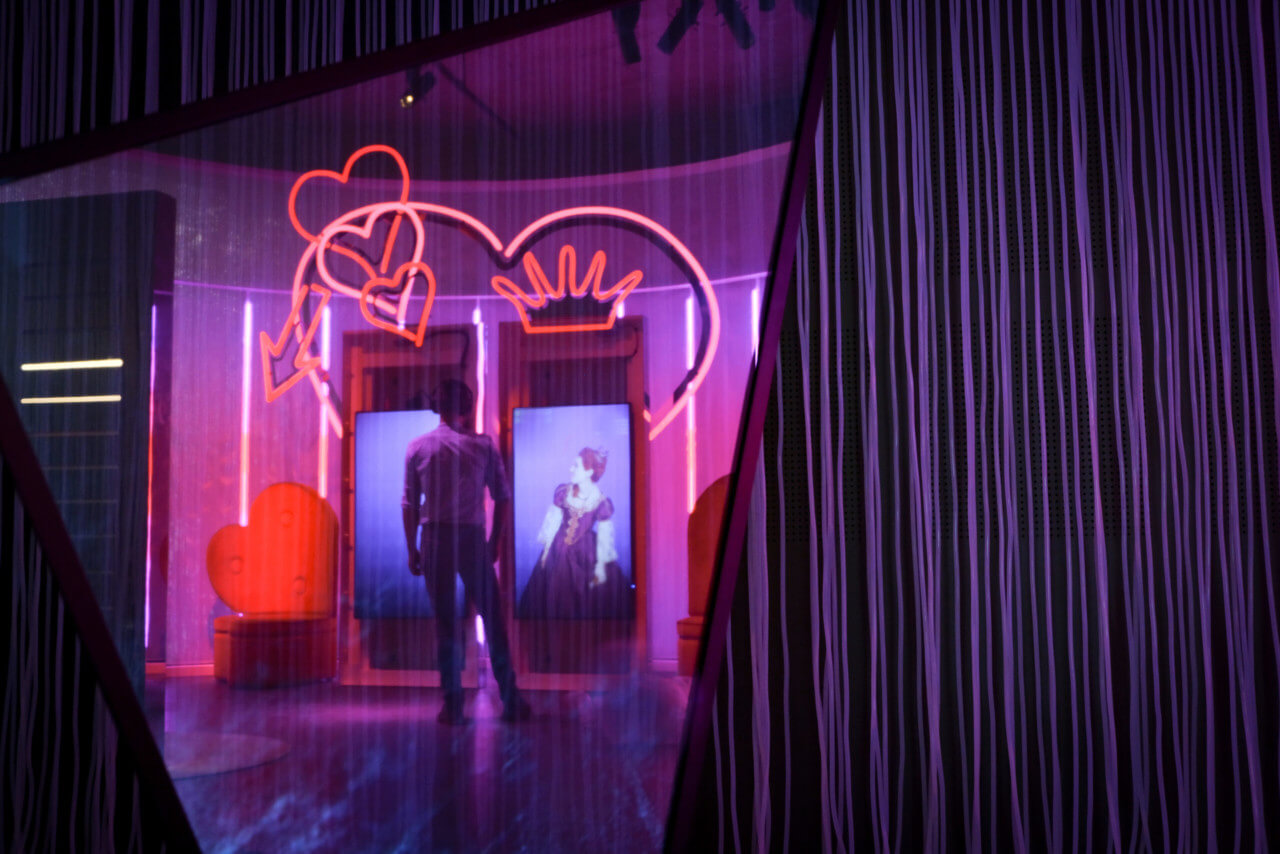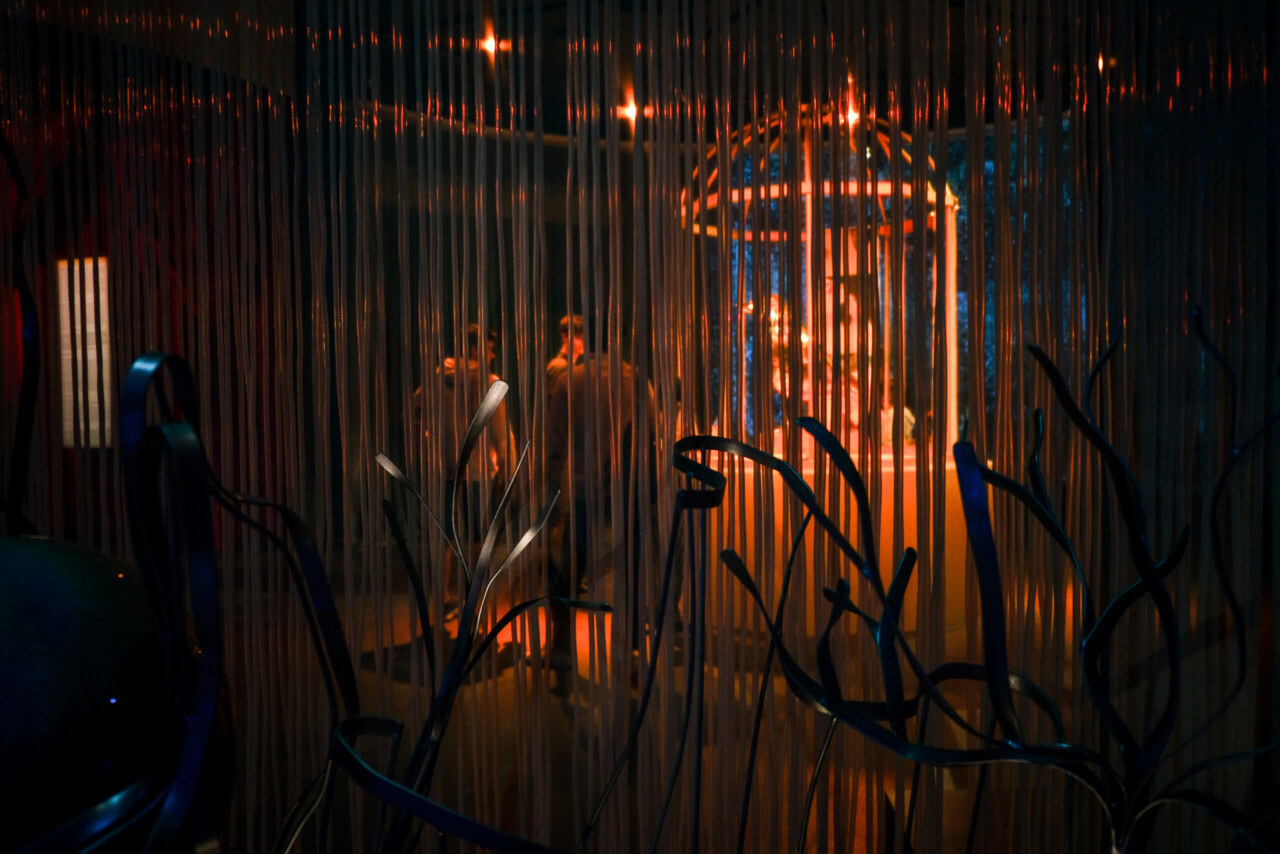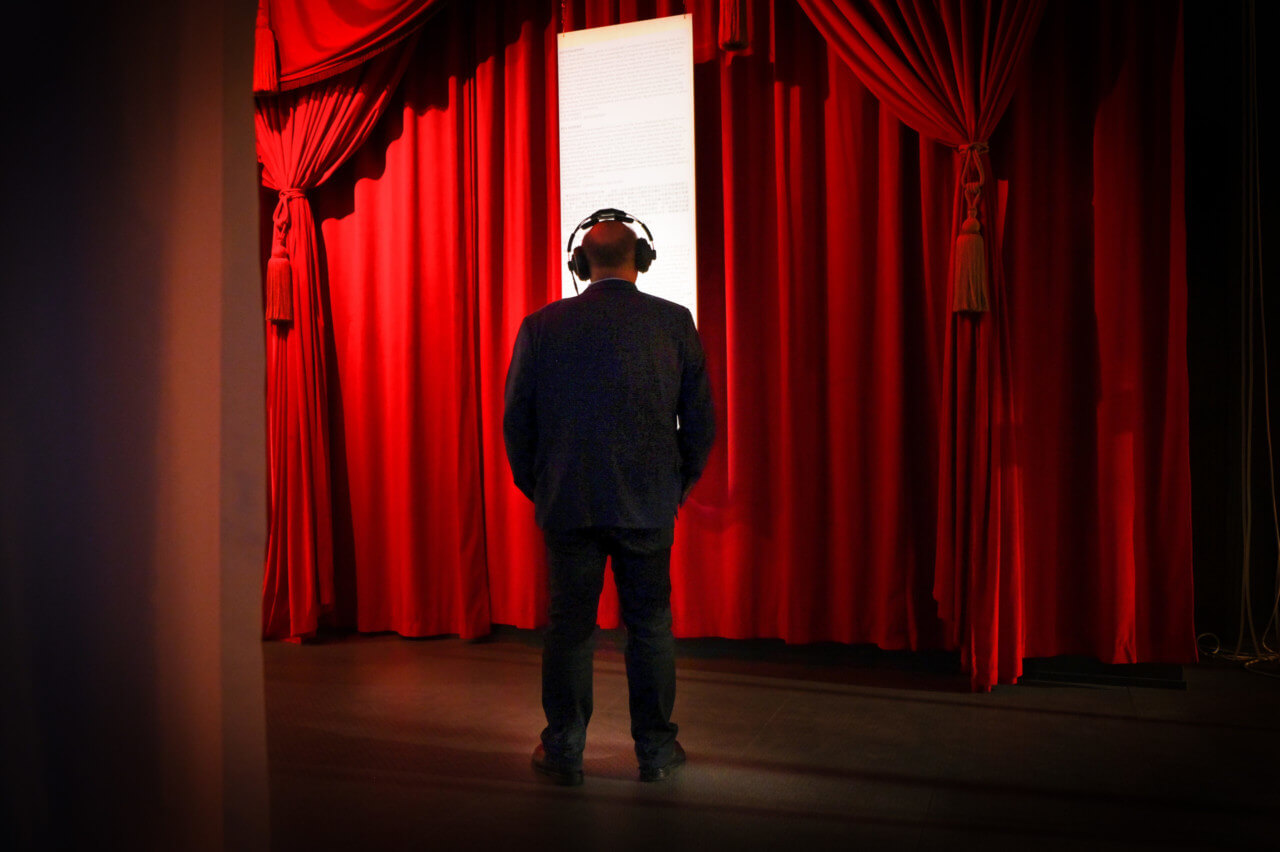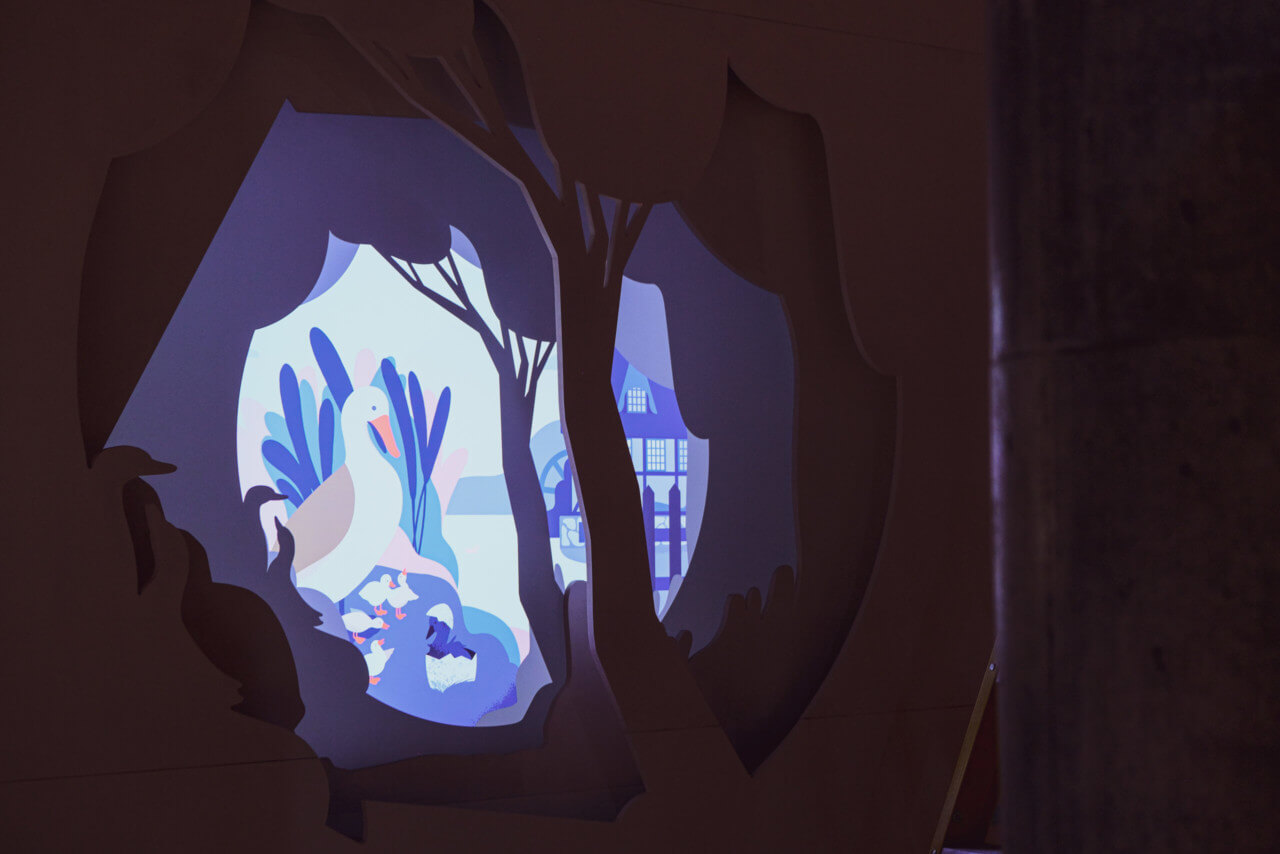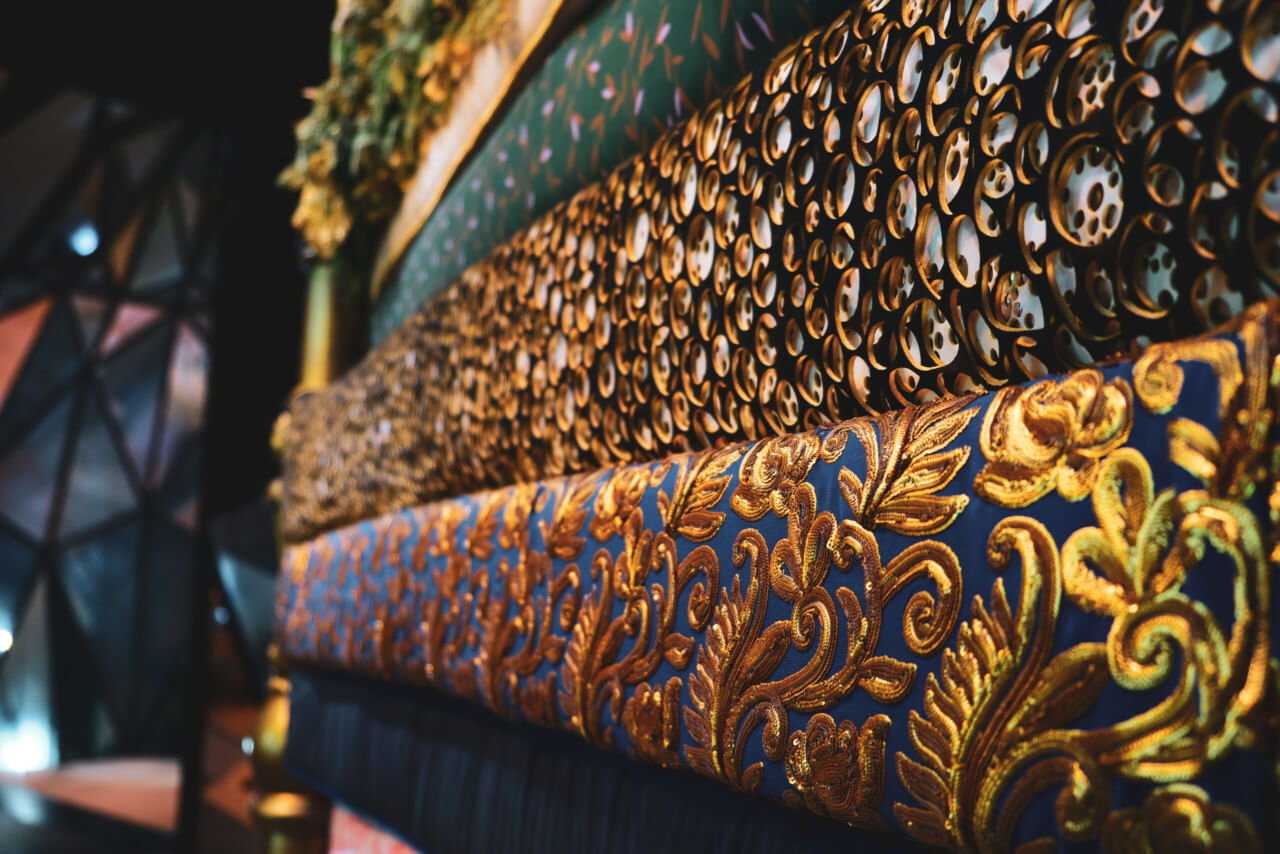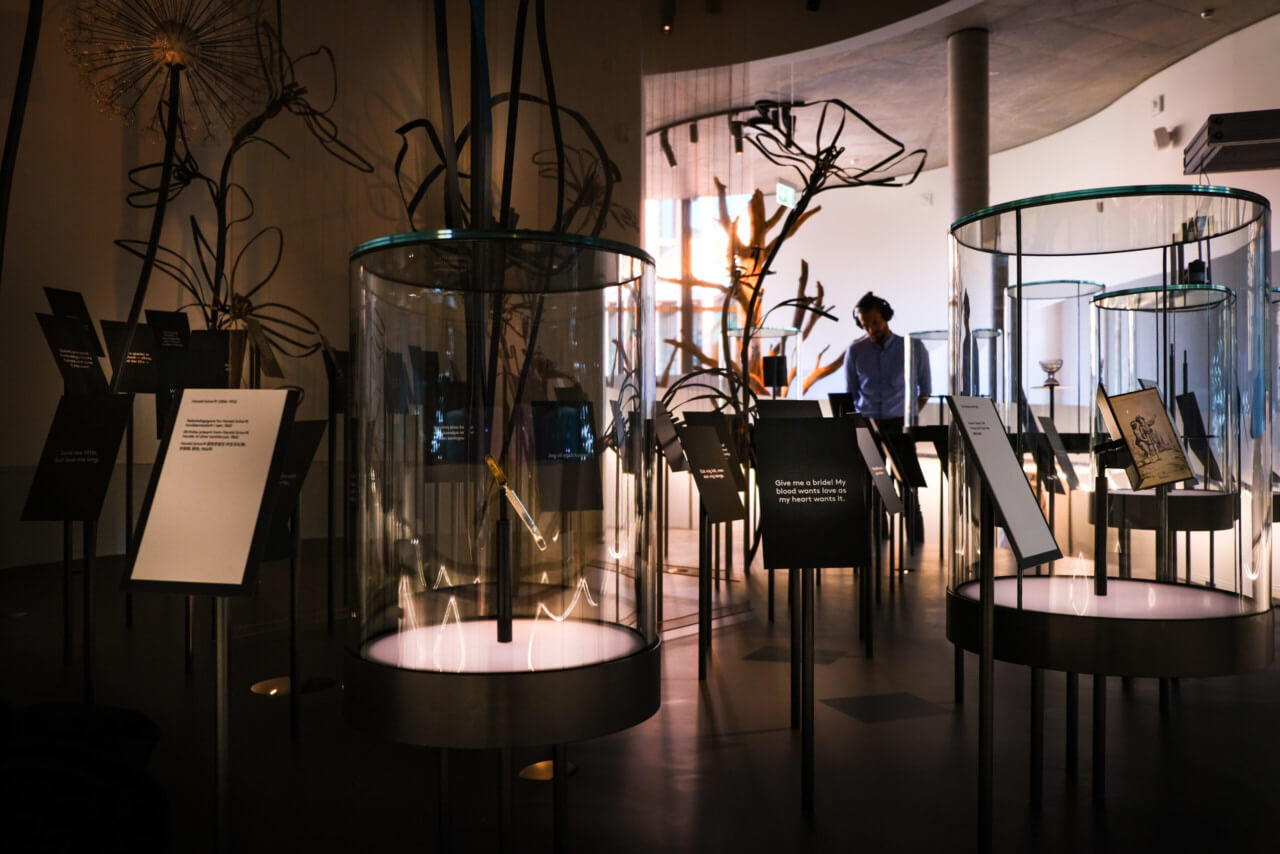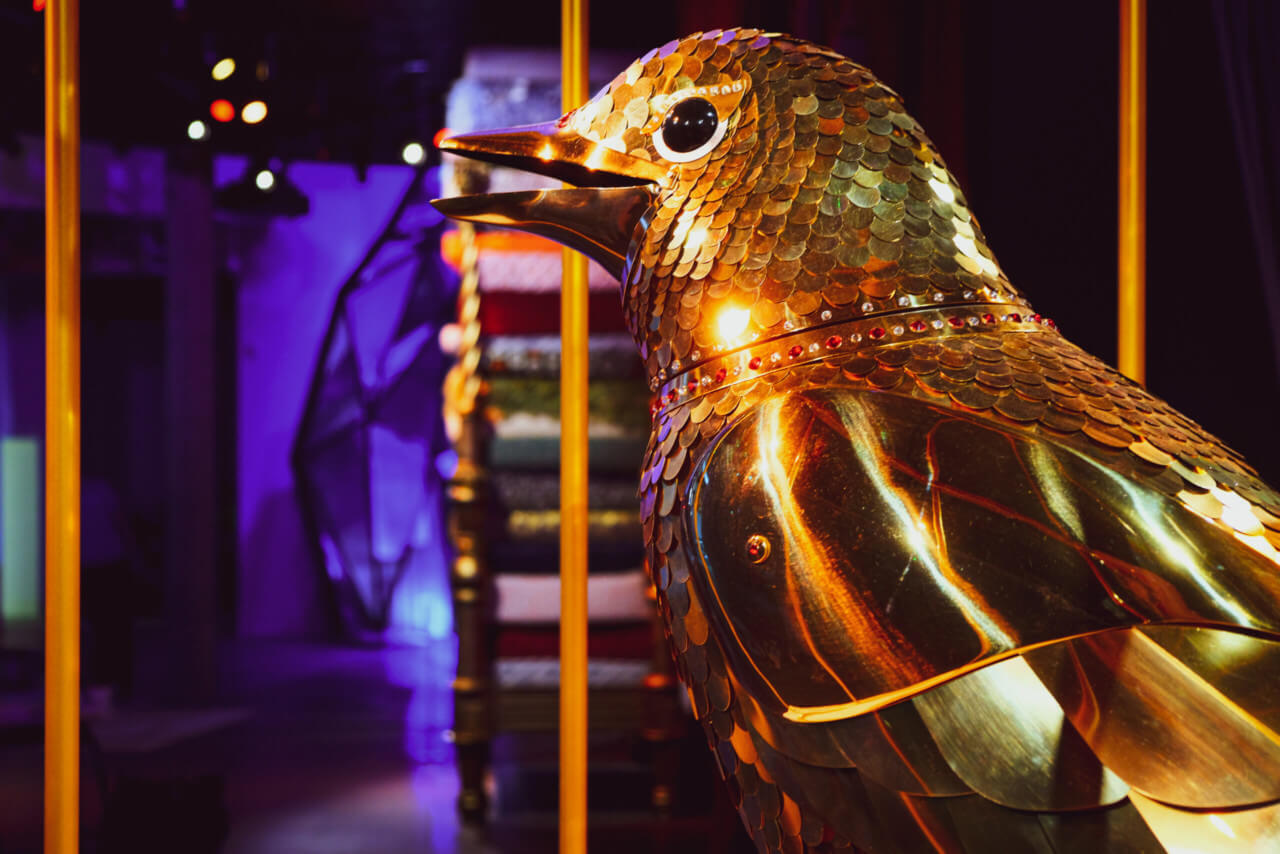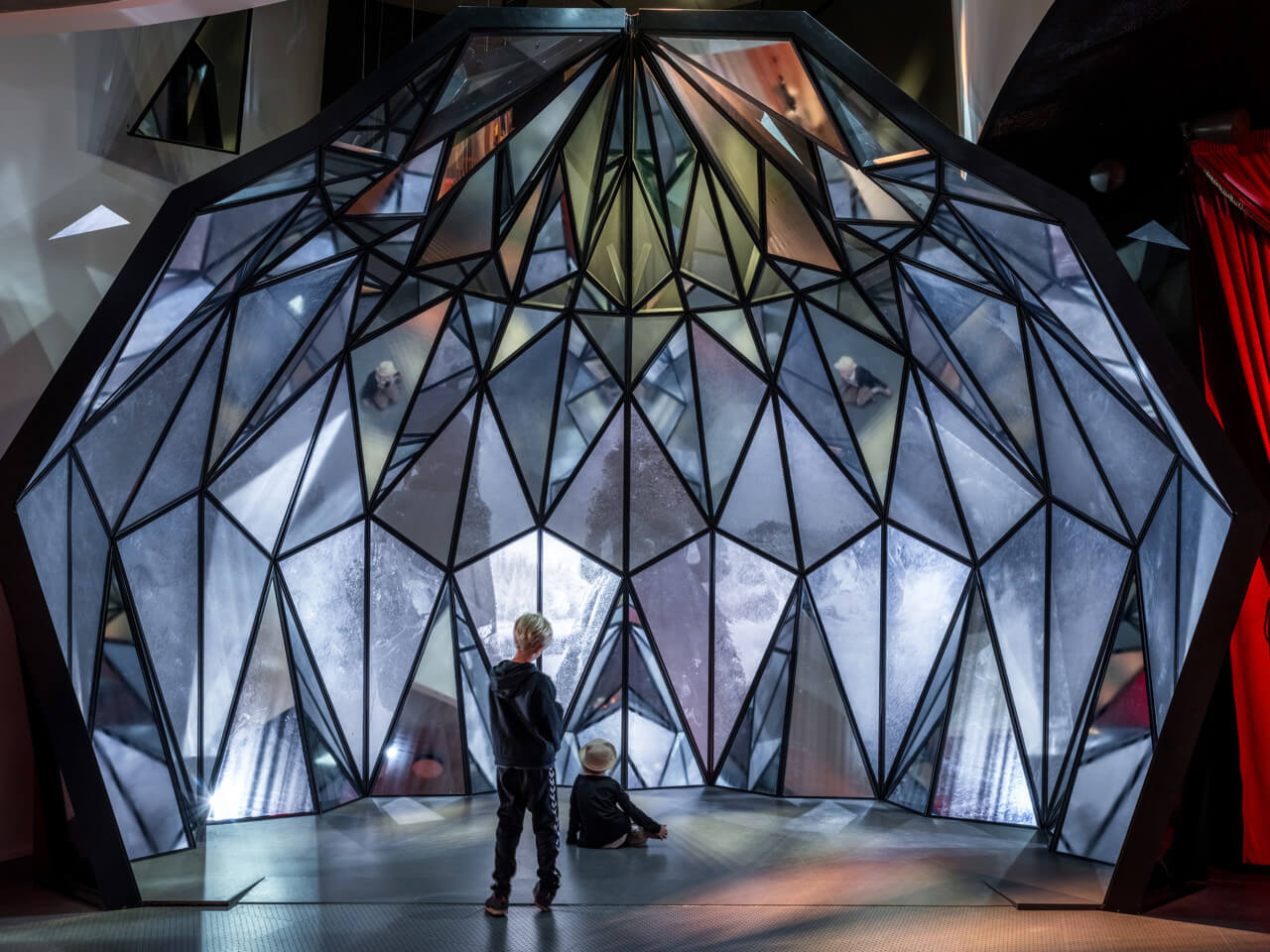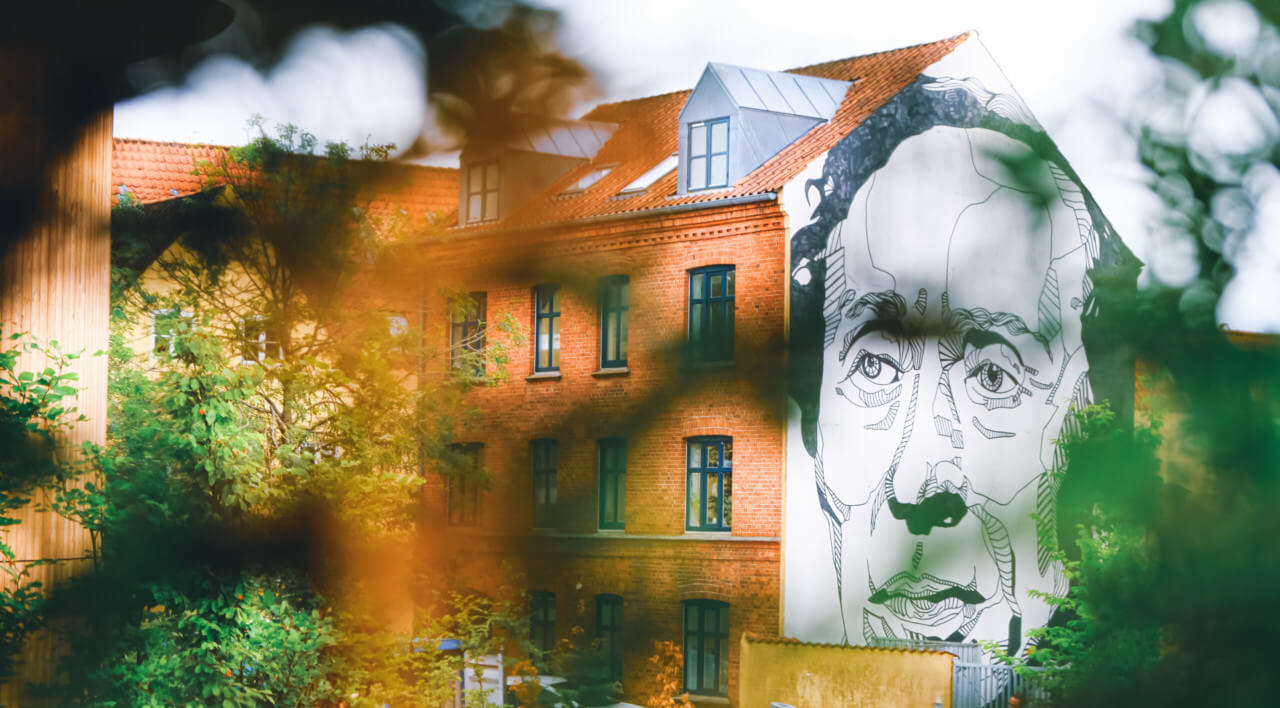H.C. Andersen’s House, a $61 million museum celebrating the outsized imagination of author Hans Christian Andersen, soft-opened earlier this summer in Odense, Denmark, on an urban campus spanning nearly 100,000 square feet of bewitching, often mind-bending indoor and outdoor space.
Located in the heart of Odense, the island-bound city where the famed Thumbelina and The Little Mermaid scribe was born in 1805, the highly anticipated museum is billed as one of the largest and most ambitious in Denmark and is, notably, designed by a non-Dane: the celebrated Japanese architect Kengo Kuma, who triumphed over a handful of formidable competing firms—BIG and Snøhetta among them—in a 2016 international design competition hosted by Odense officials. Joining Kuma’s eponymous, Tokyo-based firm on the larger project design team was Danish landscape architecture firm MASU Planning, London-based exhibition design firm EVENT Communications, consulting architect Cornelius+Vöge, and architect of record C & W Arkitekter.
Realized as a trio of cylindrical pavilions encased in glazing and wrapped with lattice timber facades, H.C. Andersen’s House is pure Kuma: Flooded with natural light, reliant on natural materials, and rooted in traditional Japanese design. While Kuma’s green roof-topped timber pavilions collectively serve as an instant new architectural landmark for Odense, most of the mesmeric museum experience actually unfolds underground.
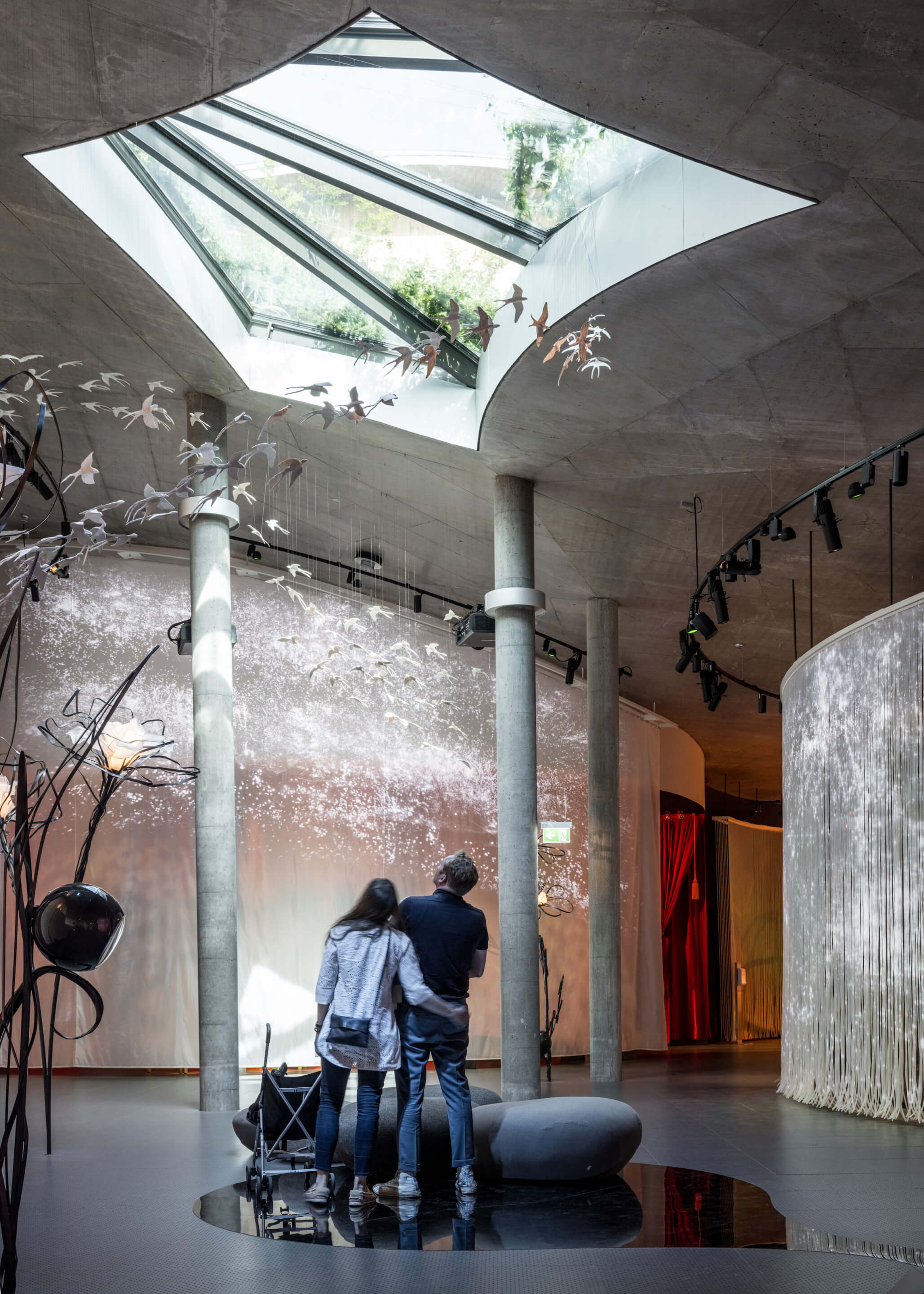
“The idea behind the architectural design resembled Andersen’s method, where a small world suddenly expands to a bigger universe,” explained Kuma, who was inspired in large part by Andersen’s lesser-known 1835 fairy tale The Tinderbox, in a statement.
In total, roughly two-thirds of the roughly 60,200-square-foot museum is subterranean, save for the main reception area, smørrebrød-serving cafe, and a children’s center, each housed within the timber-framed pavilions. The sunken exhibition spaces are tucked directly beneath the museum’s labyrinthine, hedge-enclosed gardens that appear imported straight out of an Andersen-penned fairy tale.
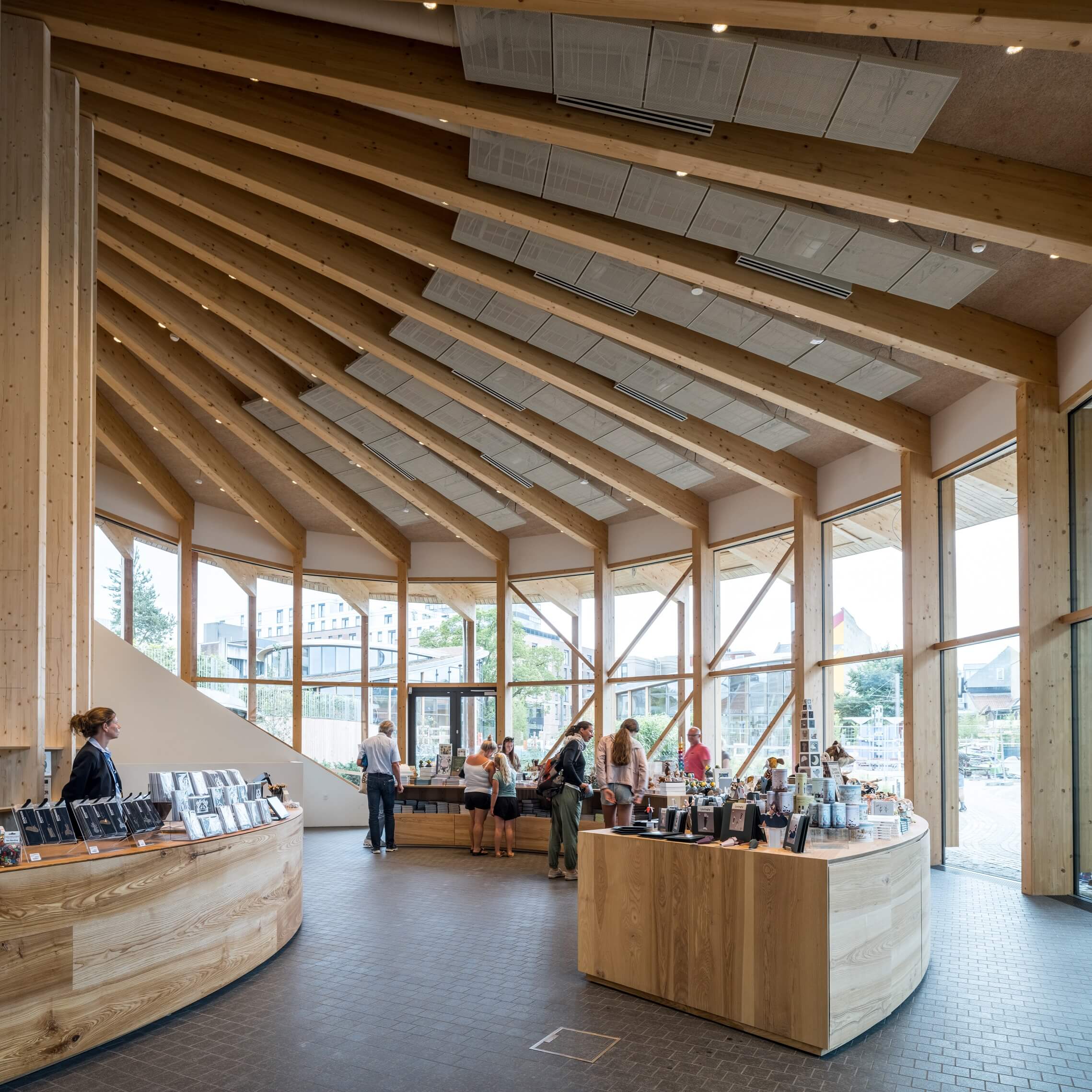
As MASU Planning explained:
Our garden doesn’t aim to tell the exact story of the Ugly Duckling or Thumbelina; quite the opposite—it lets you experience nature as perceived by H.C. Andersen— as a source of inspiration that sets the imagination free but at the same time is unpredictable and wild. The natural order is in constant change with seasonal transformations and as life and decay replace one another. This conflict between harmony and chaos is present in the garden.
Similar to the entrancing gardens, which are set to fully open later this fall and will function as a public park, the museum proper eschews the easy, obvious route in its own storytelling—that is, it avoids attempting to establish a straightforward biographical narrative of Hans Christian Andersen as a traditional museum might. Instead, as detailed in a press release, the museum’s highly immersive exhibits are intended to communicate as Andersen rather than about him.
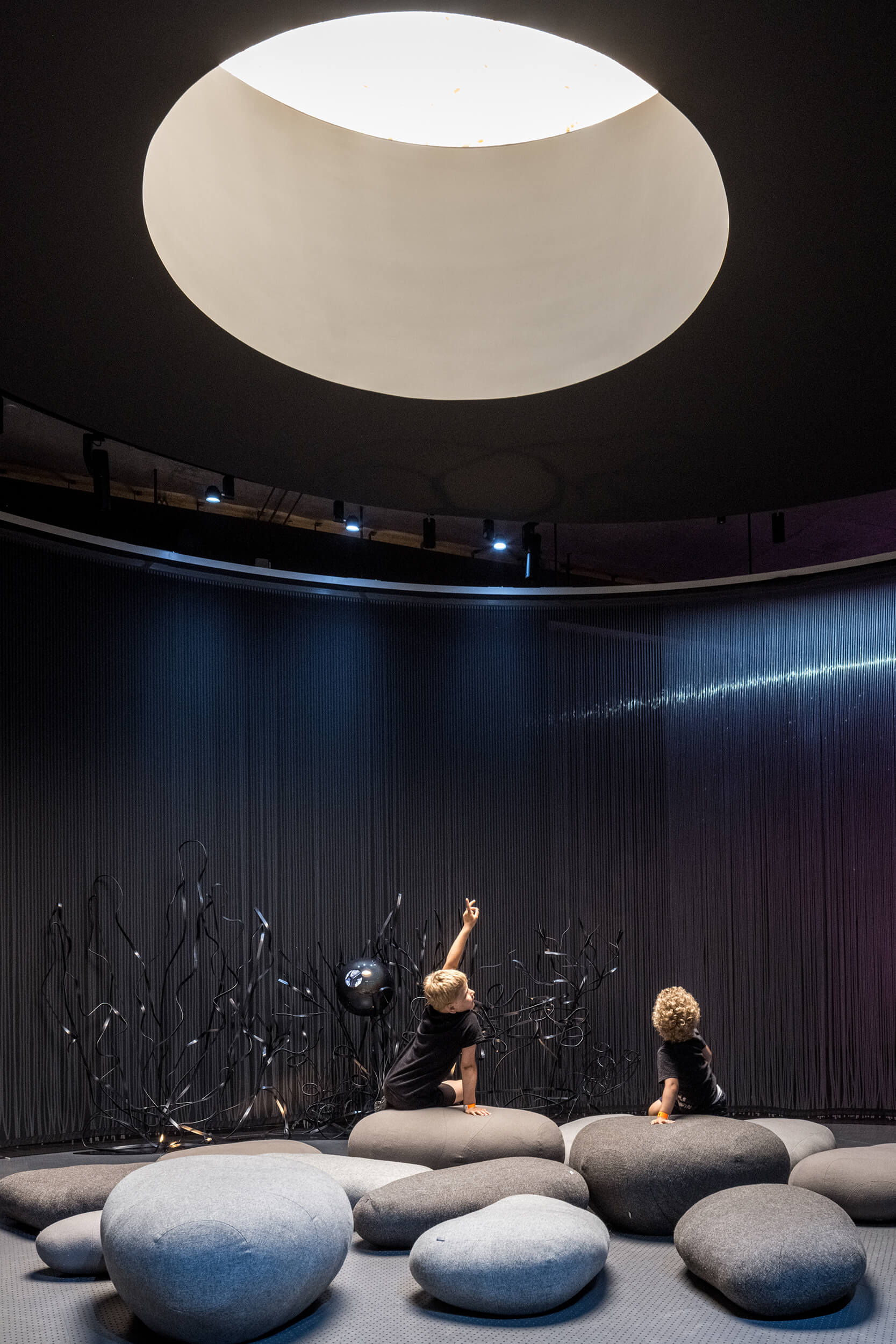
“Even though most people know Andersen from having his stories read aloud as a child or from school, we dare promise that a whole lot of people will get a completely new experience, when his universe gets unfolded on his own terms,” explained the institution in response to the hypothetical that the world, particularly Scandinavia, has had its fill of Andersen and that the new museum risks treading on familiar ground.
Indeed, in addition to the newly opened H.C. Andersen’s House museum, Odense is already home to a handful of historic sites devoted to its most famous son, including established museums at his birthplace and childhood home, the former of which is located adjacent to the new museum. The United States even has its own Andersen museum, albeit a small one, dedicated to the literary fairy tale maestro located in Solvang, a small city founded by Danish immigrants in Santa Barbara County, California. The new museum, however, has stressed that it stands apart from the Andersen-saluting pack.
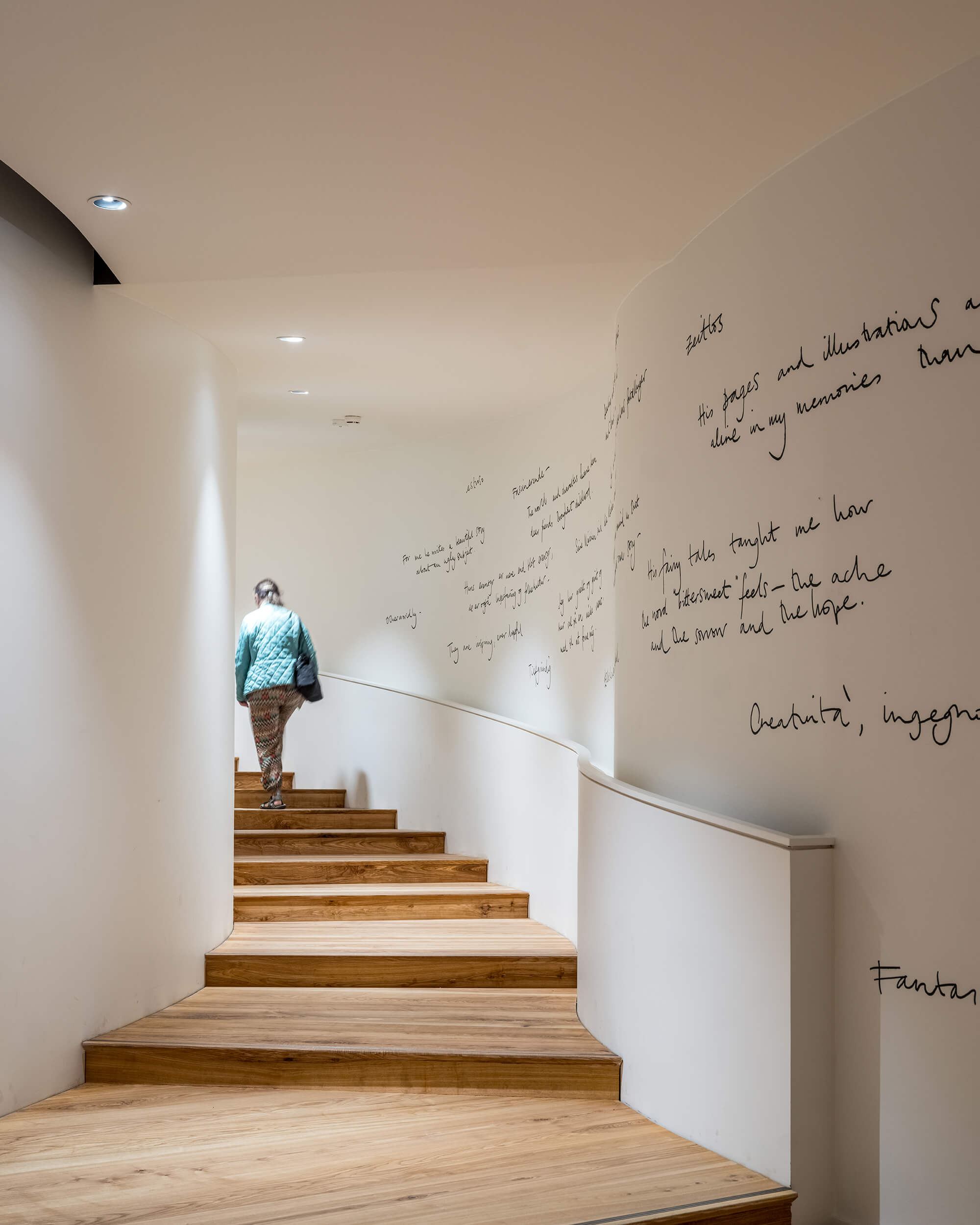
“We have to dive into the fairytales as the very first thing, because they are what everyone knows. The idea is not to retell the stories, but rather to communicate their familiarity and inspire further reading of Andersen,” said Torben Grøngaard Jeppesen, head of Odense City Museums, which is a department of the Odense Municipality and operates H.C. Andersen’s House.
Noting that the work of Andersen does “not point towards a universal truth, but rather into the open—towards the peculiarity and multiplicity of the world,” Henrik Lübker, creative director of H.C. Andersen’s House, went on to explain in a statement. “In the new museum, we maintain this ambiguity by using Andersen’s own artistic strategies as the starting point for how the garden, the house, and the exhibition have all been shaped, as well as for the many artistic contributions that will also be part of the museum.”
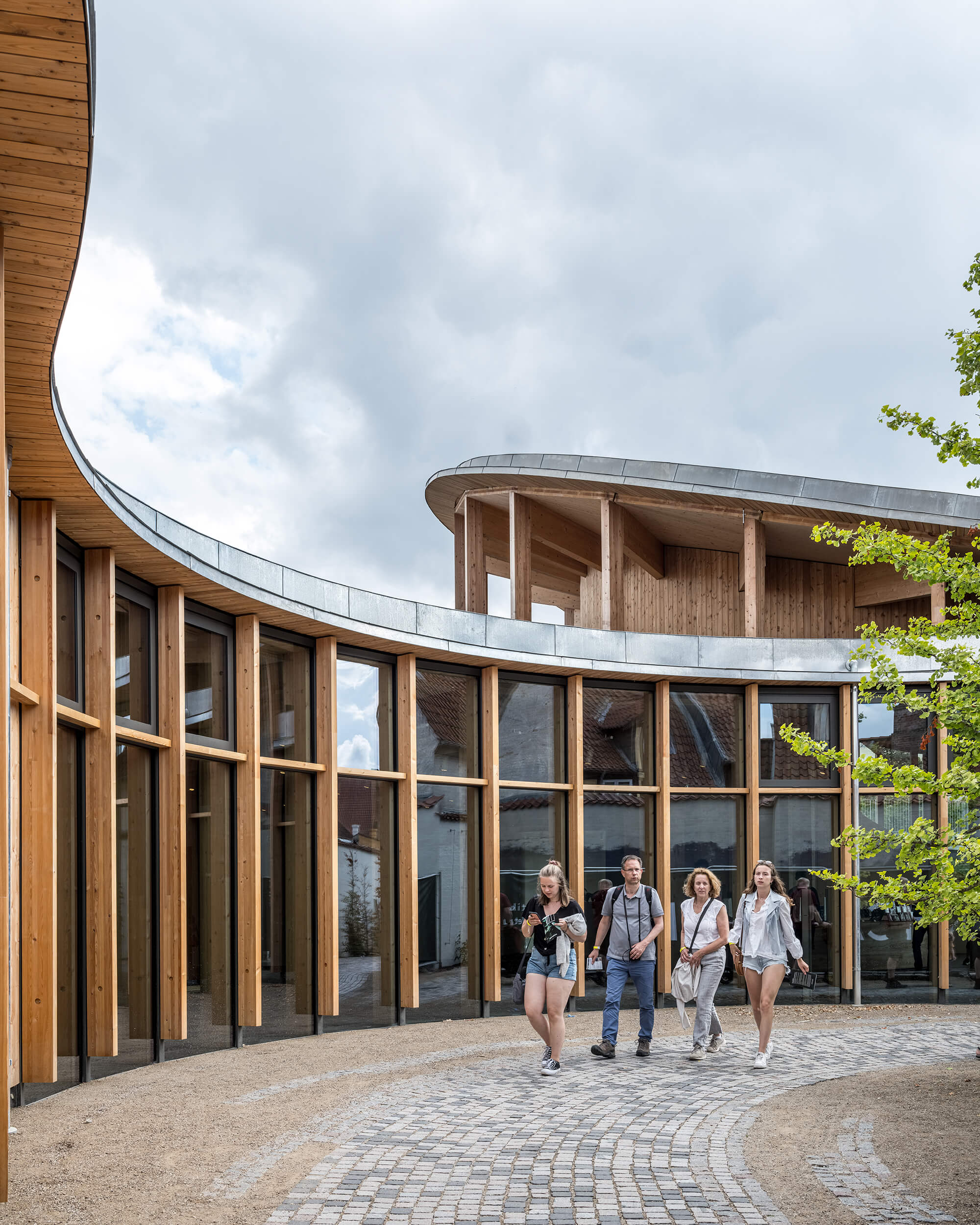
In addition to the core design team, a dozen international artists working across various mediums were tapped to create a range of installations exhibited throughout the museum, ranging from animations to sound installations to monumental artworks crafted from paper and recycled wood. They are: Kim Fupz Aakeson, Louise Alenius, and Veronica Hodges, all hailing from Denmark; U.S.-based Daniel Handler (aka Lemony Snicket) and Timothy David Orme; Brazil’s Henrique Oliveira, Spain’s Sandra Rilova, and U.K-based Lewis Gibson, Noah Harris, Andy Gent, Simon McBurney, and George Shelbourn.
“We have identified artists that correspond with Andersen’s universe and its core values,” explained Lübker in an announcement. “In that sense, the ambition has been to create art, which exists on its own terms, while simultaneously fitting into the overall project: Creating an H.C. Andersen’s House in which landscape, architecture, exhibitions, design, and art all melt together to form a coherent experience.”
The A.P. Møller Foundation provided a majority of funding for the new museum, which it should be noted, is currently offering visitors half-off the standard admission price due to its soft-open status.
“The COVID lockdown has, unsurprisingly, presented us with some challenges along the way, and this means that there will be parts of the museum that will not be totally ready the day we open it,” said Jeppesen of Odense City Museums in advance of the June 30 soft-opening. “Add to this that, with a construction and exhibition design of this caliber, there will inevitably be some aspects of starting trouble, for instance in terms of the engineering, which has to be tested and fine-tuned.”






